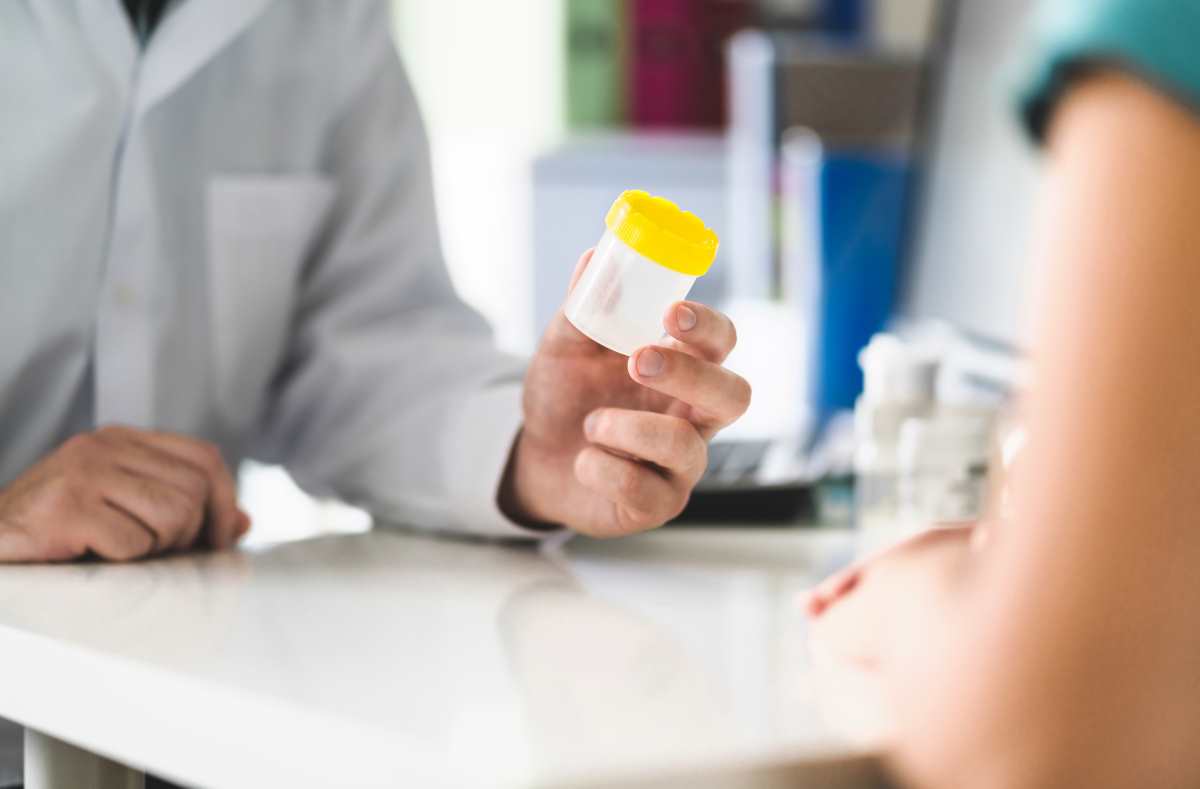Whether your job requires drug screening or you’re thinking about using an at-home drug test kit, Dr Michael Robertson, forensic toxicologist and director at Independent Forensic Consulting answers your questions about at-home drug tests.
Are at-home drug test kits accurate?
Home drug test kits are useful indicators that a drug may be present but don’t necessarily say a drug is present. The technology in most home drug test kits target a specific drug but also detect other similar compounds. In the case of methylamphetamine, a home drug test kit may also detect amphetamine or ingredients in cold and flu medications so the results should always be interpreted with caution. On some occasions, tests may fail completely or give an incorrect result, but they are usually accurate. Any urine test that complies with the Australian Standard (AS/NZS 4308:2008) should be satisfactory.
What drugs do at-home drug tests detect?
Most drug testing kits test for common drugs of abuse: usually cocaine; methylamphetamine; MDMA; cannabis; opiates that include codeine, morphine and heroin; and some sedative drugs including Valium.
Related Posts
Is a home drug test the same as a lab test?
The most accurate testing methods are the methods that are used in the laboratory. Many home based kits are immunoassay based kits whereas the laboratory uses mass-spectrometry (MS) which is equivalent to a fingerprint type test for drugs. Only when tested by MS is it known that a drug is present or not.
Is a home drug test legal?
A home drug test is only useful as a ‘look-see’ type test with no real legal validity. Legally, a second test is required using mass-spectrometry performed by a pathology or forensic laboratory. There will also be chain of custody issues if the sample is collected at home for a legal issue.
How do drug test kits work?
Home drug tests usually use urine and occasionally saliva. Either you pee in a cup and the testing is triggered once the urine is provided or you place a swab in the mouth until enough saliva is collected for the test. The drug testing technology used in the home drug test kits is the same as the professional kits and often the kits are the same as those used in professional drug tests. For example, the home tests use the same technology as the saliva tests used on the roadside by police. If the test is positive it says that the drug might be present. Only when the laboratory uses mass-spectrometry can it be said that a drug is or is not there.
What happens in a professional drug test?
Typically, a person attends a collection centre, either a pathology laboratory or other collection centre, and requests the appropriate test. The same drugs are looked for in a professional test and a home test, and many of the same types of kits are used however the collectors are trained, and the paperwork ensures the results are legally defensible. Once a specimen has been collected, it will go off to the laboratory for testing with results available within a few days. Samples are still required to be tested using mass-spectrometry that is performed by a pathology or forensic laboratory regardless of who requests the testing.
How long after taking drugs does it show up?
This depends on the type of drug and the type of sample (blood, saliva, urine, hair). In blood and saliva, drugs are typically detectable for up to 48 hours. In urine, drugs may be detectable for a few days. Sometimes cannabis can be detected for longer [in body fluids] but still only a few days unless the user is a long time daily user of the drug and then it could be a week or more. And in hair, [drugs can be detected] for many weeks or months depending on the hair length tested.
Is it possible to beat a drug test?
Yes, it is possible but it is not easy, particularly if the collector is well trained and knows how people try and beat tests.
Can you ask for a second opinion if you don’t agree with a professional drug screen test?
Yes. There are usually two specimens sent to the laboratory and one of them is stored and not tested. So if you want to have a re-test this can be done, usually by sending the second sample to a different laboratory.


